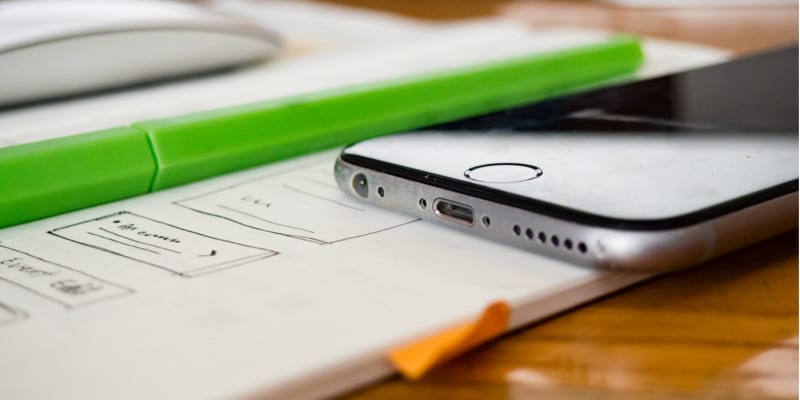Americans on average will visit a care provider about 300 times over the course of their lives. That’s hundreds of blood pressure readings, numerous diagnoses, and hundreds of entries into a patient’s medical record—and that’s potentially with dozens of different doctors. So it’s understandable, inevitable even, that patients would struggle to keep every provider up-to-date on their medical history.
This issue is compounded by much of our healthcare information being fragmented among multiple, incompatible health systems’ electronic health records. The majority of these systems store and exchange health information in unique, often proprietary ways—and thus don’t effectively talk with one another.
Fortunately, recent news from Apple points to a reprieve for patients struggling to keep all of their providers up-to-date. Apple has teamed with roughly a dozen hospitals across the country, including the likes of Geisinger Health, Johns Hopkins Medicine, and Cedars-Sinai Medical Center, to make patient’s medical history available to them on their phone. Patients can bring their phone with them to participating health systems and provide caregivers with an up-to-date medical history.
Empowering patients with the ability to carry their health records on their phone is great, and will surely help them overcome the issue of fragmented healthcare records. Yet the underlying standardization of how healthcare data is exchanged that has made this possible is the real feat. In fact, this standardization may potentially pave the way for innovation and rapid expansion of the health information technology (HIT) industry.
Growing agreement upon a standard way to store and exchange electronic healthcare information is what made Apple’s foray into health records possible in the first place. Fast Healthcare Interoperability Resources (FHIR) emerged four years ago as an interoperability standard for electronic exchange of healthcare information. It is a standard framework for the sharing, integration, and retrieval of clinical health data and other electronic health information. Enough agreement upon such a standard for health information exchange has promoted modularity.
How modularity fast-tracks innovation
A system is modular when all its components fit together in a standardized way, whether physically, mechanically, chemically or in this case digitally. This standardization enables people to design one component without having to know how everything else in the system works. An everyday example of this is the USB port. It is a standard cable connection interface upon which any number of products can connect—whether it be a keyboard, a charger, external memory, or any other device that can meet the specification. This differs from interdependent systems, in which the design of parts are customized, nuanced, and how they work together is not widely-known. Thus, a designer has to know the intricacies of the whole system to be able to design any single part of it.
In the case of the FHIR standard, the manner in which digital healthcare information is exchanged is modularized—the rules of the road are established and easy to follow. Adoption of this bit of digital standardization, by an influential group of healthcare providers, is what allowed the third-party giant, Apple, entry into the modular electronic health records game. Even though their experience in healthcare is limited, the standard lays out the rules well enough for them (and other third parties) to participate in the HIT market.
We’ve learned in the past that the creation of and agreement upon standards can expand industries by creating a new ecosystem in which third-party players can add value. In fact, the preeminent example of this type of ecosystem creation is Apple itself, and their AppStore.
Along with their AppStore, Apple created a set of standards that specified how third-parties (from companies to individual hobbyists) can more easily create applications that make use of the information on their phone and the Internet. These apps were made available to Apple’s network of users and developers were paid according to the amount of revenue the app generated Apple (based on usage). Over the span of 10 years Apple has paid AppStore developers $86.5 billion (paying out $26.5 billion in 2017). The rapid expansion of the market for creating substitutable apps in return gave everyday users the ability to harness information in any number of more convenient, simple, and potentially meaningful new ways.
What does this relatively recent and still unfolding story mean for HIT? It means that as opposed to merely viewing your health record, standardization may also allow for the creation of new tools that actually make use of your health record in new, meaningful ways. For example, developers may create an app that helps patients understand their risk of a cardiac event base pulling specific data points from the health record. In short, applications can be created by third party creators for use by the patient that make their healthcare data more accessible, easier to understand, and more actionable.
In this way, not only does modularity stand to make healthcare data more accessible to providers, researchers, and public health organizations (current consumers of health data), but to a new market—the patient. Standardization mediated by the adoption of FHIR opens up the market for innovators outside of the traditional health IT industry. These new players can then compete to reach everyday people (just as app creators did on Apple’s AppStore platform), with useful tools that empower them in their struggle for health.


